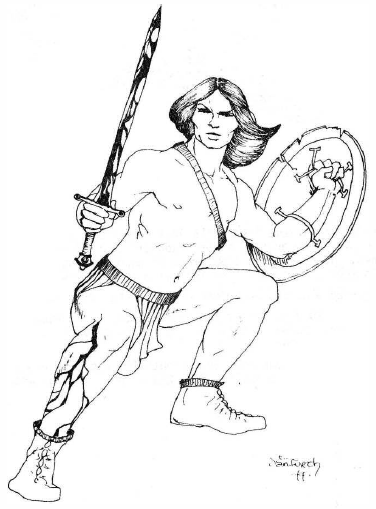Theory of Games
Storied Gamist
You keep writing "realistic systems" when there are none. No system, even the most advanced computer models, can predict the future. All they can do is project possibilities based on data from past events. I notice that very often people get turned around when discussing game theory and confuse what is abstract with what is concrete - which leads to further confusion surrounding simulation vs. emulation. And I get that you don't enjoy GURPS' system. Everything isn't for everybody.As someone that used to run GURPS I entirely disagree.
I mean, in say 1999 I would have agreed with you. Although, I was at that time using the GULLIVER house rules out of frustration with the lack of realism of GURPS. I also hadn't at the time realized that the GURPS skill system was the most badly designed system in all of gaming. I was at the time bamboozled by all of exactly what I'm talking about here, with all the complexity of its process simulation where if you read it you go, "Of course. That makes sense." Because some skills are harder than others, and if you train on one skill then that ought to make you better at related ones, and so on and so forth. I too was equating realism with "Has a subsystem to cover the mental steps that occur to you."
But a realistic system wouldn't be like that. It would need to make accurate predictions in the way that F=ma and V=IR and so forth make accurate predictions. And the trouble is that most "realistic" systems cover up that all the numbers are arbitrarily chosen behind all the "We thought of that" steps. All those steps bury the math, increase the complexity of analysis, soothe your suspension of disbelief, but don't necessarily make any more accurate predictions.
My point here is, again, while we can't get realism from a ttrpg, we can get a fair emulation of reality using systems like GURPS or HERO because those systems give us modifiers for exact range, target velocity, target size, recoil, the effects of different damage types on different types of material, ect. Most ttrpgs don't get into the weeds like that. Do these modifiers make GURPS a perfect model of reality? Of course not, but, do the modifiers provide a better emulation (not simulation) than most ttrpgs?






